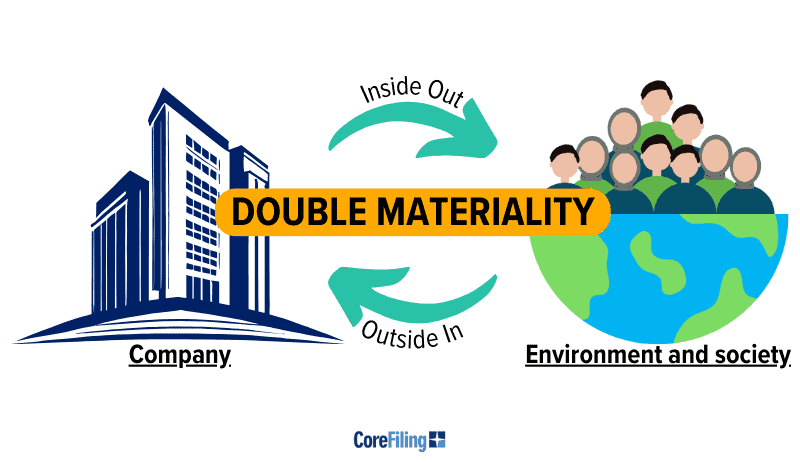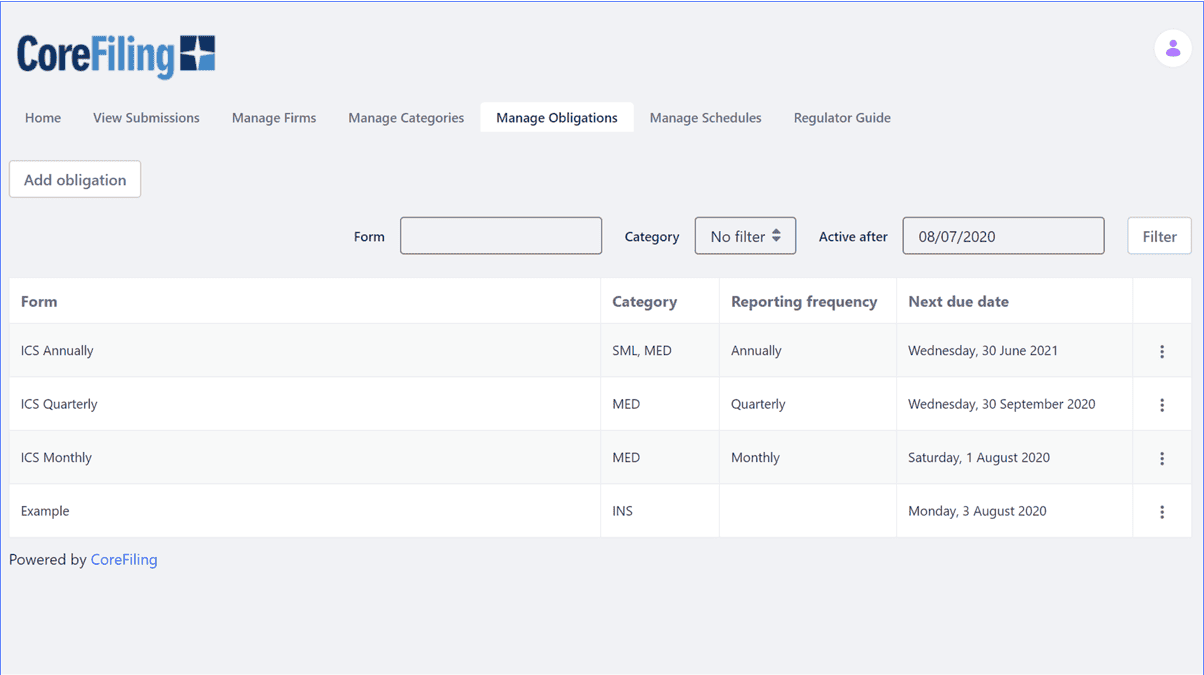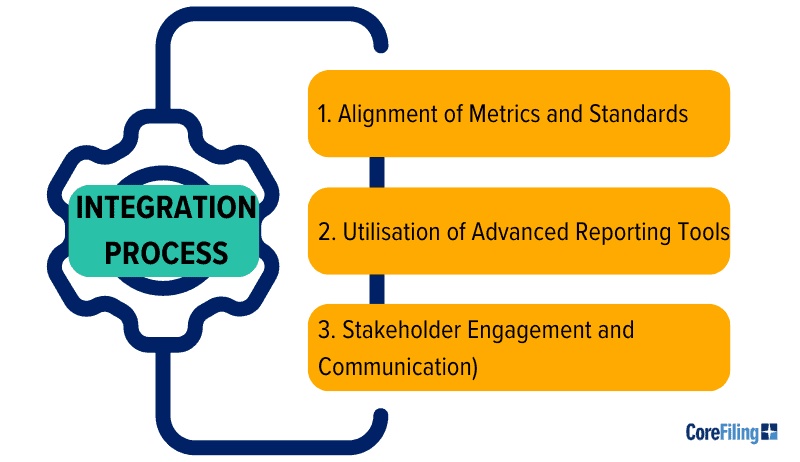Introduction
The Corporate Sustainability Reporting Directive (CSRD) represents a transformative shift in how companies disclose their sustainability efforts. Aimed at enhancing transparency and accountability, the CSRD will require businesses to provide detailed reports on their environmental, social, and governance (ESG) activities.
How can your business handle such a significant change? Rest assured, we’re here to take you through the key steps to make this new legislation work for you.
Who Needs to Comply with the CSRD?
The Corporate Sustainability Reporting Directive (CSRD) sets forth comprehensive criteria for which businesses are required to comply. Broadly, the CSRD applies to all large companies and all small and medium-sized companies listed on EU-regulated markets, except for micro-enterprises.
Specifically, large companies are defined as those exceeding at least two of the following criteria: more than 250 employees, a turnover exceeding €40 million, or total assets over €20 million.
The directive extends its reach to include non-EU companies generating a net turnover of more than €150 million in the EU, with at least one subsidiary or branch in the EU. The timeline for compliance is phased: large public-interest entities (PIEs) with over 500 employees must start reporting by 2024, other large companies, listed SMEs and non-EU companies will follow in subsequent years.
Steps to Prepare for CSRD
If this legislation will affect you, you’re in the right place! We’ve unpacked some simple steps to prepare for CSRD compliance.
1. Set Up and Prepare a Double Materiality Assessment
Understanding double materiality is essential for CSRD compliance. This concept involves assessing both the financial impact of sustainability issues on the company and the company’s impact on society and the environment.

For example, a manufacturing company might find that its water usage affects its operational costs and local ecosystems. This dual approach ensures thorough and compliant sustainability reporting.
Steps to Conduct a Double Materiality Assessment:
-
Identify relevant sustainability issues
-
Assess financial impacts and external effects
-
Engage stakeholders for comprehensive insights
-
Document findings and integrate them into reporting practices
2. Develop an Understanding of the European Sustainability Reporting Standards (ESRS)
To ensure compliance with the CSRD, you must first thoroughly understand the European Sustainability Reporting Standards (ESRS). These standards outline the specific requirements for sustainability reporting, including the necessary disclosures of relevant data and metrics.
Key elements of ESRS reporting include governance, strategy, impact management, and performance metrics across general, environmental, social, and governance (ESG) areas.
Familiarise your team with the key elements and requirements of the ESRS to accurately reflect your company’s sustainability efforts.
3. Collect and Monitor Data
Reliable data collection is paramount for CSRD compliance, as it underpins the accuracy and transparency of sustainability reports. Begin by identifying key data points across environmental, social, and governance (ESG) areas. Implement best practices and establish data governance frameworks by leveraging advanced monitoring tools.

For companies that need to collect data from an expansive value chain or departmental structure, CoreFiling provide the data collection technology we install at regulators to assist with this otherwise complex task. Out data collection portalis perfect for managing the collection of data from a diverse range of stakeholders, ensuring that you have high quality and timely data to work with for your CSRD report. For further guidance on our compliance tools, visit our ESEF page.
4. Align Risk Management with the Business Sustainability Strategy
Begin by evaluating the potential environmental, social, and governance (ESG) risks and their impact on your business. Align these risks with your overall sustainability goals to create a cohesive strategy. Implement steps such as conducting thorough risk assessments, setting measurable sustainability targets, and regularly monitoring progress.
Use strategies like scenario analysis and stress testing to anticipate future risks and ensure resilience. This alignment not only supports regulatory compliance but also enhances long-term business sustainability.
5. Integrate Reporting
Use CoreFiling’s advanced solutions, such as the True North Data Platform, to streamline the integration process. These tools enable efficient data collection, accurate reporting, and compliance with global standards.
The benefits of integrated reporting are significant. It provides a holistic view of the company’s performance, enhances transparency, and builds stakeholder trust. Furthermore, it ensures that sustainability considerations are embedded in the company’s strategic decisions, cultivating long-term business resilience and sustainability.
By integrating sustainability and financial reporting, businesses can effectively demonstrate their commitment to sustainability, meet regulatory requirements, and drive sustainable growth.

6. Voluntarily Comply as Soon as Possible
Voluntarily complying with the Corporate Sustainability Reporting Directive (CSRD) ahead of the mandatory deadline offers numerous advantages. Early compliance allows companies to identify and address potential reporting challenges, ensuring a smooth transition when the directive becomes compulsory. It also demonstrates a proactive commitment to sustainability and transparency, enhancing your company’s reputation with internal and external stakeholders and building stakeholder trust.
To start voluntary compliance, companies should familiarise themselves with the CSRD requirements, conduct a gap analysis to identify areas needing improvement, and implement the necessary reporting frameworks.
According to Jozef Síkela, EU Minister for Industry and Trade,
“The new rules will make more businesses accountable for their impact on society and will guide them towards an economy that benefits people and the environment.”
Early compliance reduces future regulatory risks and in turn positions companies as leaders in sustainable practices.
7. Get Your Company on the Path to Net-Zero
Helping companies achieving net-zero emissions is a crucial goal for the CSRD. Start by assessing your company’s current carbon footprint and setting ambitious, yet achievable, reduction targets. Implement energy-efficient practices, invest in renewable energy, and offset unavoidable emissions, while making use of more sustainability technologies such as electric vehicles.
The EU Green Deal
The European Green Deal is an ambitious plan to make the EU’s economy sustainable by turning climate and environmental challenges into opportunities. Its key objective is to achieve net-zero greenhouse gas emissions by 2050, transforming the EU into a modern, resource-efficient, and competitive economy. The Green Deal encompasses various policies, including energy, industry, agriculture, and biodiversity, to ensure a holistic approach to sustainability.
We Help You Comply
By aligning your business practices with the Green Deal’s goals, you can gain a competitive edge through innovation and compliance with emerging regulations.
Let us take care of the confusing business of data tagging and reporting so that your CSRD requirements are met.
Frequently Asked Questions
Here are some frequently asked questions about preparing for the CSRD.
What is the Difference Between CSRD and Other Sustainability Reporting Frameworks?
The Corporate Sustainability Reporting Directive (CSRD) expands and replaces the Non-Financial Reporting Directive (NFRD), introducing more detailed and standardised requirements. Unlike other frameworks, CSRD mandates compliance with the European Sustainability Reporting Standards (ESRS), developed by the European Financial Reporting Advisory Group (EFRAG). It also incorporates the EU Taxonomy for reporting alignment with sustainable activities.
The directive aims to enhance transparency and comparability across companies operating in the EU. These changes ensure that businesses provide comprehensive and comparable sustainability information, facilitating better decision-making and promoting sustainable growth.
How Can Small and Medium-Sized Enterprises (SMEs) Prepare for CSRD?
SMEs should begin preparing for CSRD compliance as soon as possible, even though they have until 2026 to meet the requirements. Start by understanding the specific CSRD criteria for SMEs and conducting a gap analysis. Implement compliant data collection and reporting processes, and utilise our efficient solutions. Early compliance demonstrates a commitment to sustainability and transparency, helping trust grow in your customers and stakeholders.
What are the Potential Challenges in Implementing the CSRD, and How Can They Be Addressed?
Implementing the CSRD can present challenges such as data collection complexity, ensuring compliance with evolving standards, and integrating sustainability reporting into existing frameworks. CoreFiling’s expertise in XBRL and automation can simplify the transition, providing reliable and efficient reporting solutions that build confidence and trust.
Make sure that your team familiarises themselves with the implementation guidance published by EFRAG.


